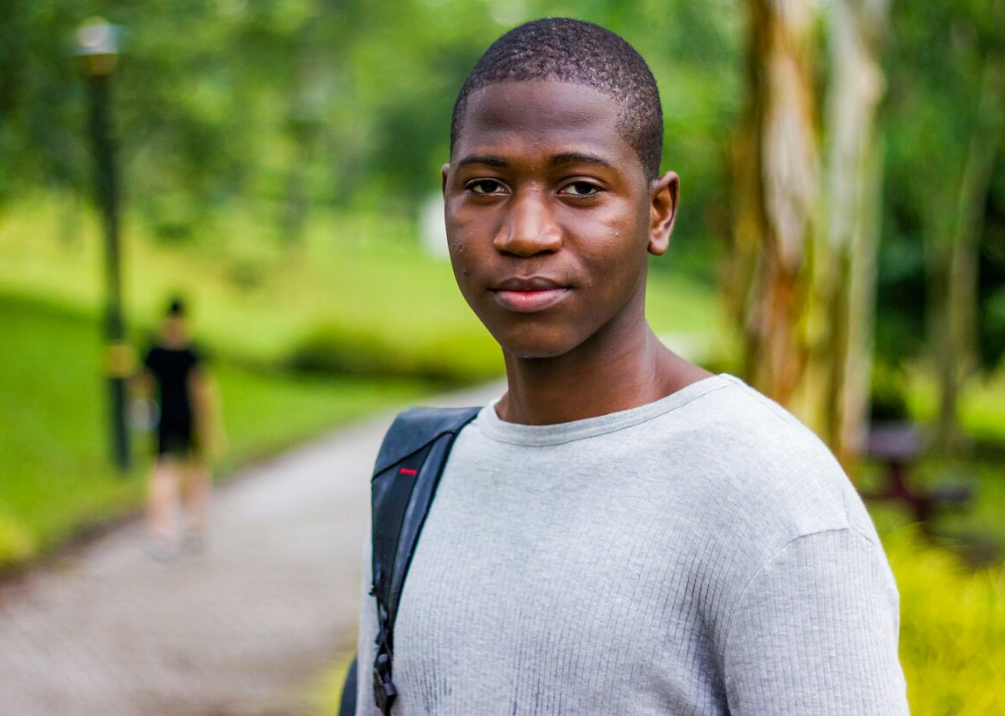The journey to law school is often perceived as a formidable challenge, but for Black students, the path can be laden with even greater obstacles. From systemic barriers to educational inequities, Black aspiring lawyers face unique challenges in their quest for legal education and representation.
Lawyers are not only legal representatives, but lawmakers in Congress, enforcers of the law through the executive branch, and the final interpreters of the law in court. Lawyers have the power to influence and effectuate sustainable policy change. But a society driven by law must ensure that the law and those practicing it encapsulate the diversity of background and experiences of the entire US population.
In this blog post, we delve into the complexities of the pipeline to law school for Black students, examining the hurdles they encounter and the initiatives designed to empower and support their aspirations.
.Challenges Along the Pipeline:
- Educational Inequities: Black students often contend with disparities in educational resources, funding, and opportunities from an early age. Factors such as underfunded schools, lack of access to advanced coursework, and disproportionate discipline rates contribute to an uneven playing field in academic achievement. According to a study conducted by Stanford University, families with a higher income have children with higher educational outcomes due to their ability to provide these resources. Other factors, such as patterns of residential and school segregation and a state’s educational and social policies, could also have a role in the size of achievement gaps. To combat these inequities, measures such as the Department of Education’s “Equity Action Plan” are being implemented to support students of color. This plan focuses on prioritizing access to and completion of an education beyond high school for people of color.
- Standardized Testing Disparities: The reliance on standardized tests like the LSAT (Law School Admission Test) can pose significant barriers for Black students. Research indicates persistent score gaps between Black and white test-takers, reflecting broader socio-economic and educational disparities. A 2021 study from the National Education Association further called attention to the racist origins of standardized testing in the U.S., noting that the racial disparity in standardized testing is a historical phenomenon, stretching back to the very implementation of standardized testing in the early 20th century.
Access to Resources and Support: Limited access to mentoring, networking opportunities, and pre-law programs can impede Black students’ ability to navigate the complex law school application process. Without adequate guidance and support, many may feel discouraged or ill-equipped to pursue legal education. To combat this, there are communities established and mentorship opportunities that nurture and guide Black law students on their journey. National pre-law organizations like the one offered by the National Black Law Students Association (NBLSA) provide a much broader network to Black law school applicants. NBLSA’s Pre-Law Division advocates for and cultivates the next generation of Black lawyers. There are also Facebook groups such as as well as our own Barrier Breakers group, that are in place to help Black students navigate their way to law school through personal experiences and shared resources.
Initiatives and Strategies for Empowerment:
- Pathway Programs: Initiatives such as pathway programs aim to address disparities in legal education by providing mentorship, academic support, and exposure to the legal profession for Black students from high school through college. These programs play a crucial role in demystifying the law school admissions process and fostering a sense of belonging. Organizations like ours have created resources specifically for Black law school students, including pathway programs.
- Diversity and Inclusion Efforts: Law schools and legal organizations are increasingly prioritizing diversity and inclusion initiatives to recruit and retain Black students. Organizations such as the Council of the American Bar Association (ABA) Section of Legal Education and Admissions are a good example as they are recognized by the U.S. Department of Education. The Council approved for notice and comment a proposed revision to Standard 206 that would require law schools to take “effective actions” to diversify the student body, faculty and staff, and to create an inclusive and equitable environment for all. Actions could include, among other efforts, setting and publishing goals related to diversity and inclusion, adopting pipeline programs and increasing outreach to underrepresented groups. However, empirical data demonstrate how even with some measure of diversity, law schools remain far from attaining full inclusion—for students as well as faculty. During this period of introspection and preparation for action, law schools should use these data to consider opportunities for improvement. By implementing targeted recruitment strategies, scholarship programs, and affinity groups, institutions strive to create a more inclusive environment that reflects the diverse fabric of society.
- Advocacy and Policy Reform: Advocacy efforts seek to address systemic barriers to legal education and promote equity in the admissions process. This includes challenging discriminatory practices in standardized testing, advocating for fair admissions policies, and pushing for greater investment in K-12 education in underserved communities.
Navigating the pipeline to law school is a multifaceted journey for Black students, fraught with challenges yet brimming with opportunities for empowerment and advocacy. By acknowledging and addressing the systemic barriers that impede access to legal education, we can foster a more diverse and inclusive legal profession that reflects the rich tapestry of our society. Through concerted efforts, mentorship, and advocacy, we can dismantle the barriers along the pipeline and pave the way for a new generation of Black lawyers to champion justice and equity in the legal arena.

